Resignation Letter Template for HR to Make Your Exit Smooth
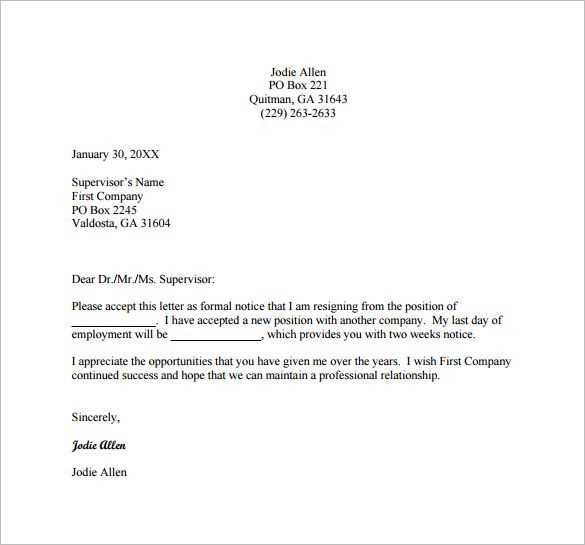
When leaving a position, it’s essential to notify your employer in a professional manner. This communication ensures a smooth transition and maintains a positive relationship. Providing HR with a clear, respectful statement of your intention to leave helps avoid confusion and prepares them for the next steps in the process.
Key Points to Include
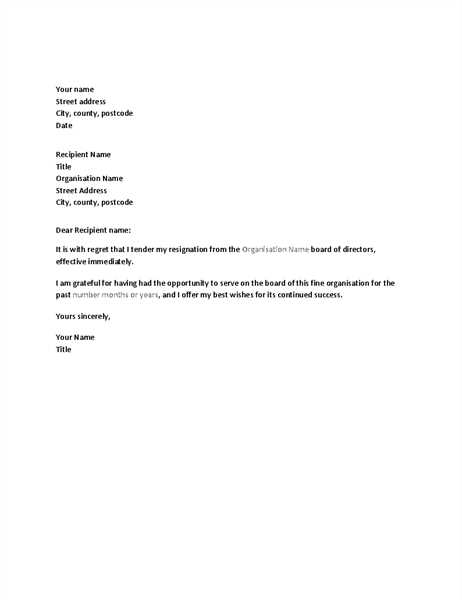
Your message should be concise and to the point, covering all necessary details. Here are the key elements to ensure clarity and professionalism:
- Intent to leave: Clearly state that you are departing and the effective date.
- Appreciation: Acknowledge your time with the company and express gratitude for the opportunity.
- Reason (optional): While not always necessary, you can briefly mention the reason for your decision.
- Next steps: Offer assistance with the transition, if appropriate.
How to Structure Your Message
The format of your notification should be professional. Keep it brief, using formal language without being overly complex. Start with a statement of your decision, followed by the date, then express your thanks, and end with an offer of help for the transition process.
Example of a Formal Notification
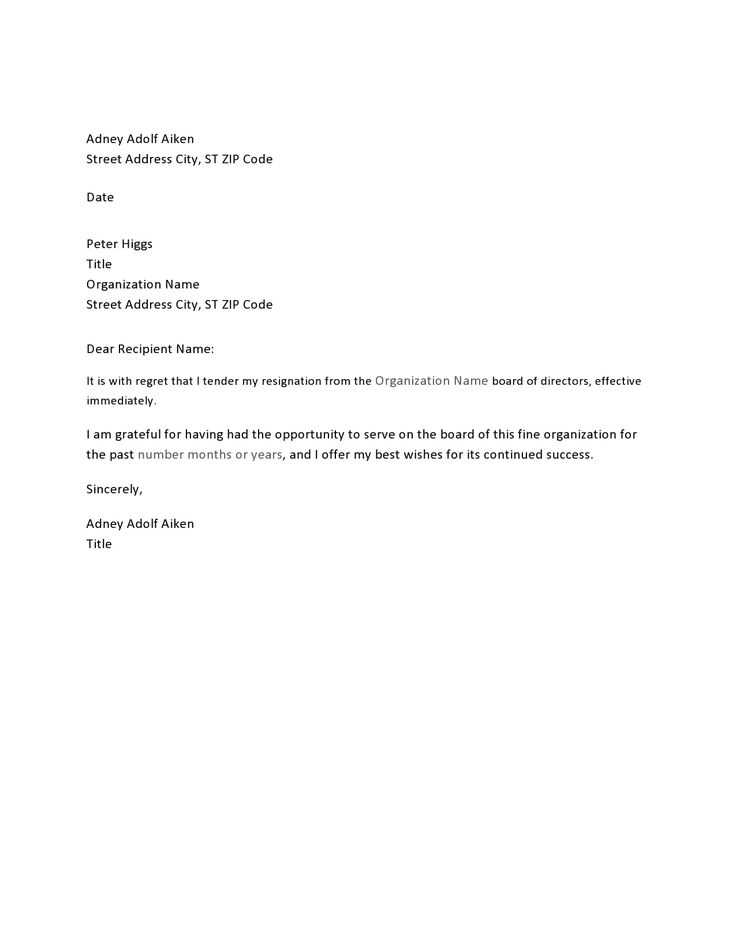
Below is a sample of a well-structured notification to HR:
Dear [HR Manager's Name],I am writing to inform you of my decision to leave [Company Name], effective [Last Working Day]. I have truly appreciated the opportunities I’ve had during my time here and I am grateful for the support provided.Please let me know how I can assist in the transition process over the next [time period]. I wish the team continued success in the future.Sincerely, [Your Name]
Final Thoughts
Crafting a formal exit communication is an essential part of professional etiquette. It shows respect for the company and ensures a smooth end to your tenure. Always aim for clarity, professionalism, and gratitude to leave a lasting positive impression.
Why Resigning with a Formal Notification is Important
Notifying your employer about your departure in writing is essential for maintaining professionalism. This process helps avoid misunderstandings, provides clarity, and demonstrates respect for your employer and colleagues. A well-crafted message ensures a smooth exit and sets a positive tone for future relations.
How to Properly Format Your Departure Notification
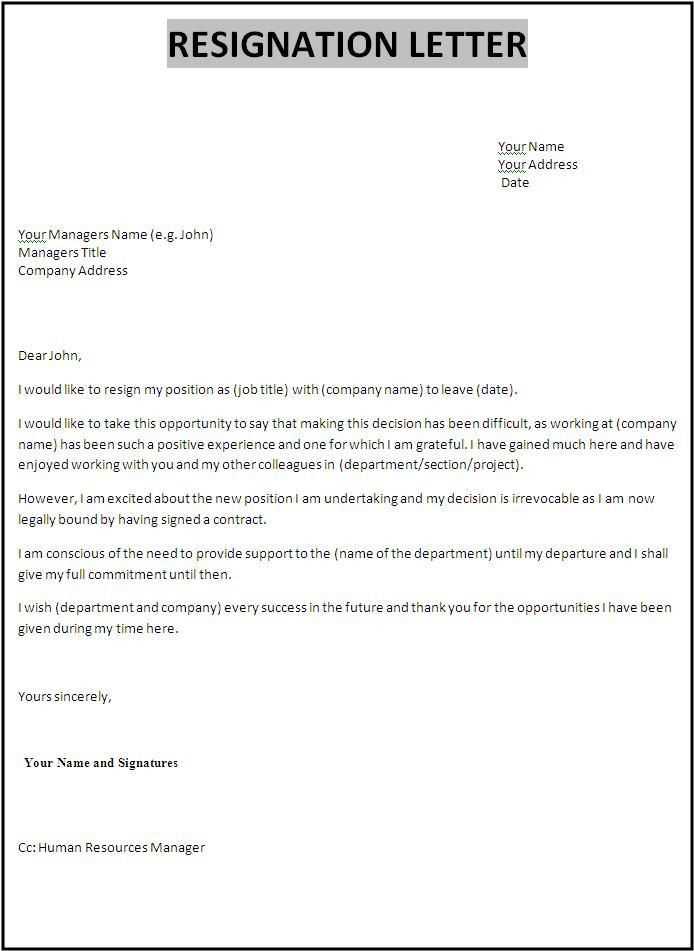
Formatting your message correctly is key to making a professional impression. It should be clear, direct, and easy to follow. Begin by stating your intention to leave, followed by the date of your last working day. Express your appreciation for the opportunities you had during your time with the company. Conclude by offering assistance in the transition process, if applicable.
Essential Elements of a Professional Departure
For your communication to be effective, include the following key points:
- Clear intention: State your departure with a specific end date.
- Gratitude: Thank the company for the experience and opportunities.
- Transition support: Mention any assistance you can offer during the handover.
Common Errors to Avoid When Departing
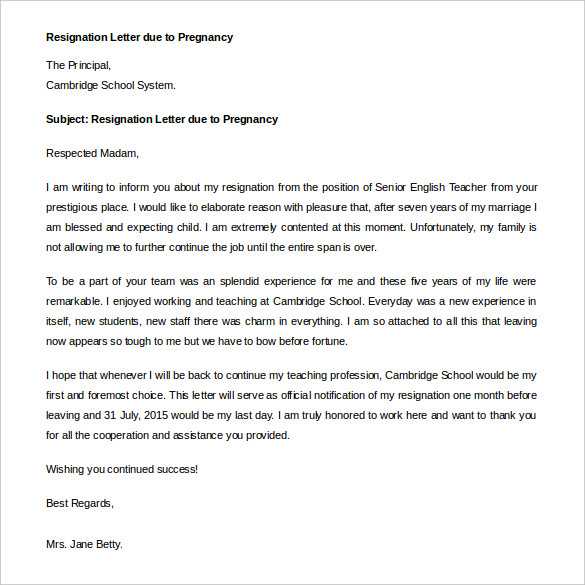
To ensure your message is well-received, avoid these common mistakes:
- Being vague: Provide a clear end date and avoid overly general statements.
- Over-sharing reasons: Keep explanations brief and professional, or omit them if unnecessary.
- Leaving abruptly: Always offer to help with the transition, even if just for a short time.
Tips for Crafting a Respectful Departure Message
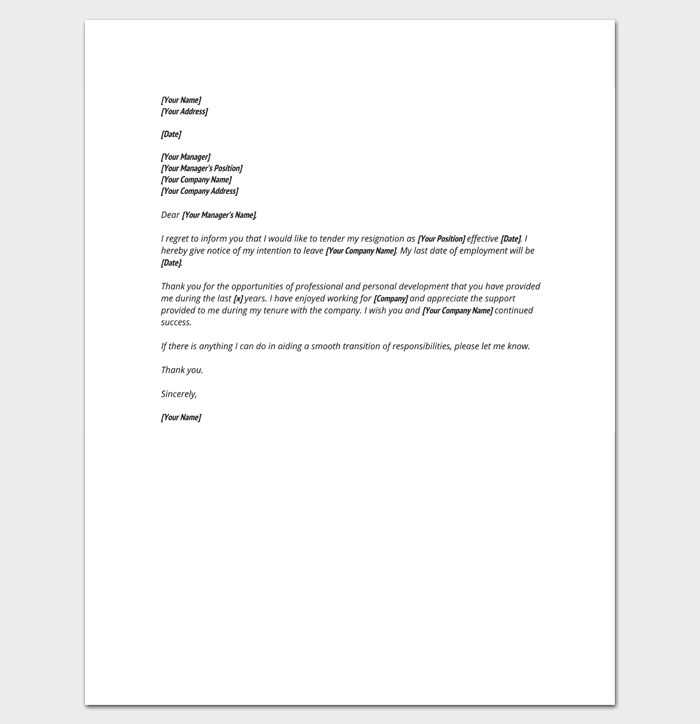
Maintain a respectful tone throughout your message. Be concise, polite, and express gratitude. This not only shows professionalism but also leaves the door open for future opportunities. Avoid negative comments or complaints, as they could harm your professional reputation.
Sample Departure Notifications for HR Departments
Here is a sample of a well-written message for HR:
Dear [HR Manager's Name],I am writing to formally inform you of my decision to leave [Company Name], effective [Last Working Day]. I have enjoyed my time here and am grateful for the experiences and growth the company has provided me.Please let me know how I can assist during the transition process. I wish the team continued success moving forward.Sincerely,[Your Name]